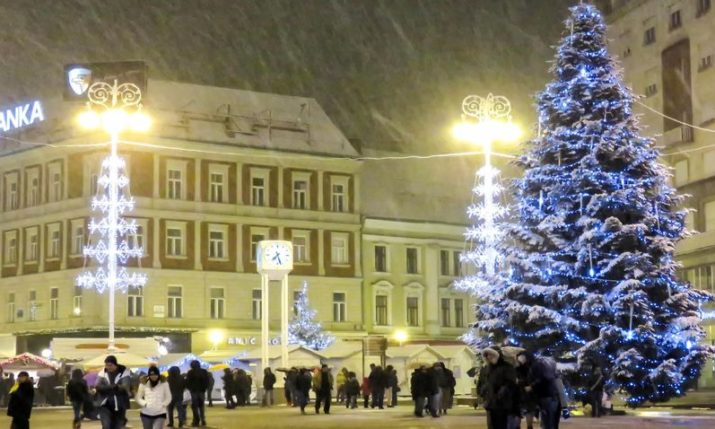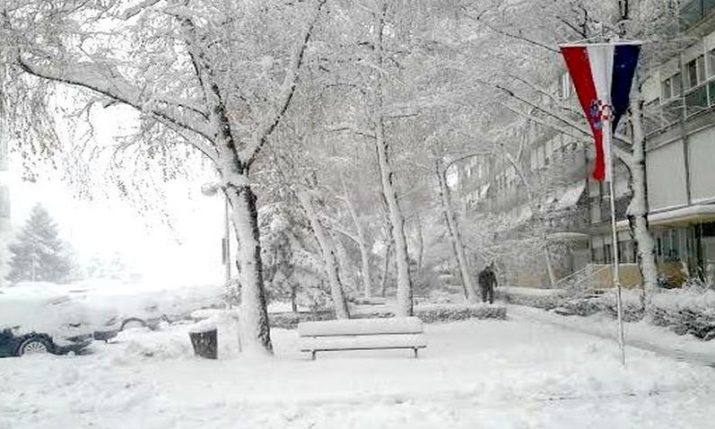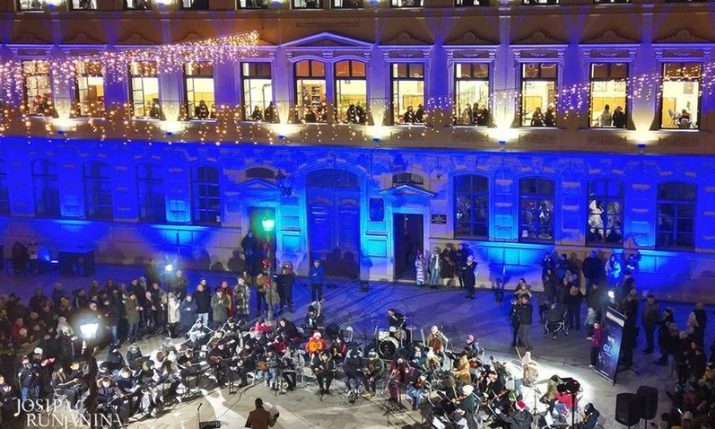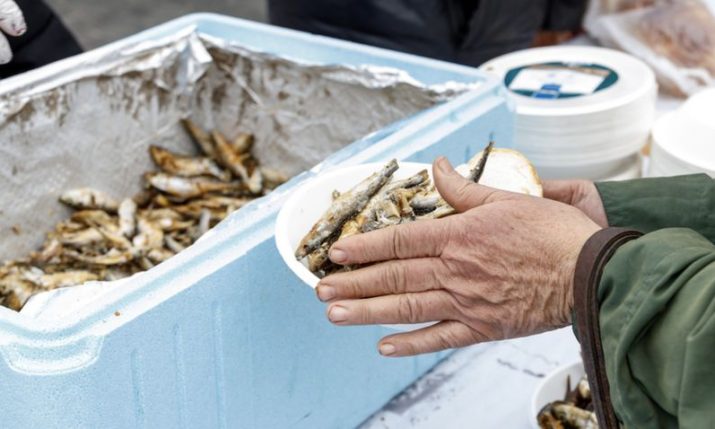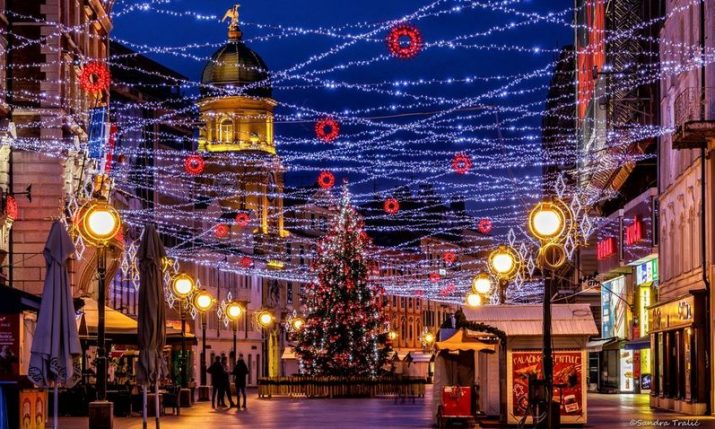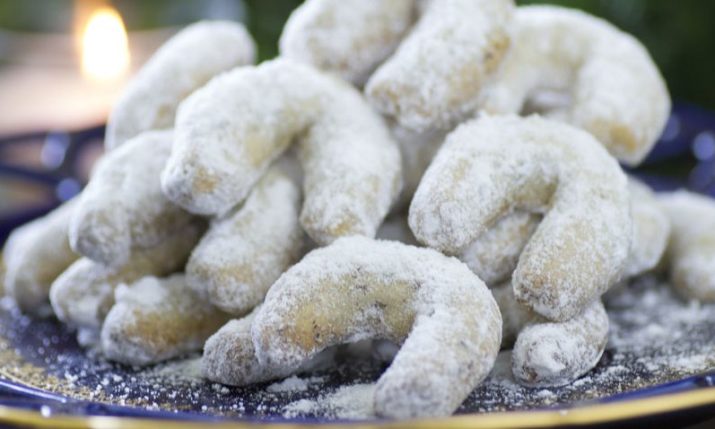St. Stephen’s Day – Štefanje: Croatian customs the day after Christmas
- by croatiaweek
- in News
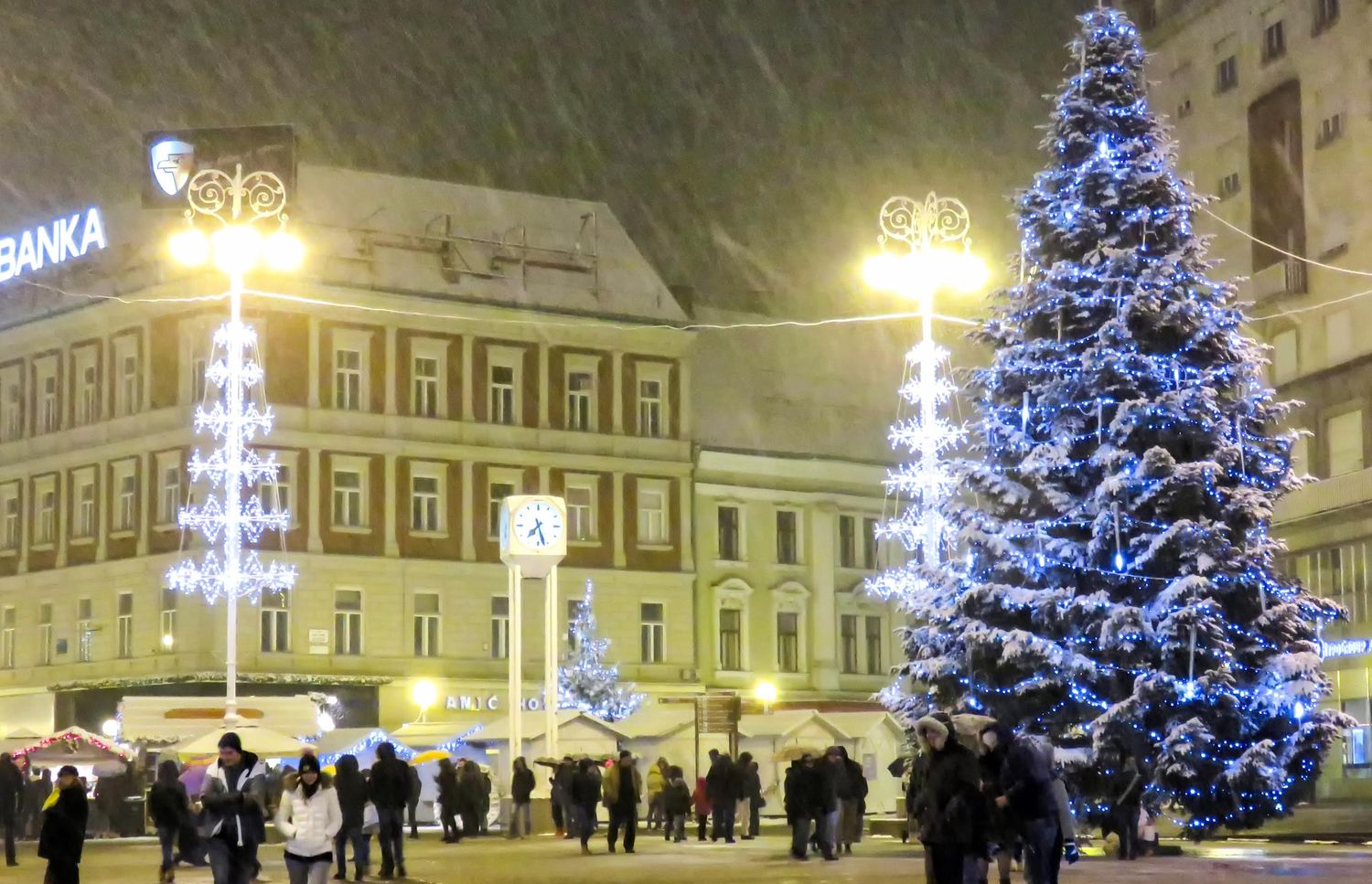
(Photo credit: Sandra Tralić)
The day after Christmas, believers around the world celebrate the feast of St. Stephen, the first Christian martyr who was one of the seven deacons in the early church.
In Croatia, the feast of St. Stephen, or Sveti Stjepan or Štefanje as it is locally known, is a public holiday and in many regions of the country, the day also marks the blessing of families.
Especially festive is the celebration in Štefanje.
As HRT reports, in the small town of Štefanje near Bjelovar, it is a tradition to celebrate the names day of Stjepan, Stipan, Štefo, and Štefica with tamburitza music. The small town offers a reward of 2,000 kuna to families who preserve the name.
“For years, we have been offering rewards to families naming their children Stjepan, but unfortunately, it hasn’t worked. However, we should remain optimistic; I hope there will be more Stjepans and Šteficas in the coming years,” said Štefović.
Who was St. Stephen, and why do Croatians love him so much?
St. Stephen is particularly revered in northern Croatia, where many Štefos and Šteficas celebrate their namesake day today. But who was this saint, and why do Croatians hold him in such high regard?
Little is known about Stephen’s early life. After the death of Jesus, Stephen’s open preaching of Jesus’ teachings and his affiliation with the Christian disciples led to his condemnation for blasphemy and ultimately to death by stoning.
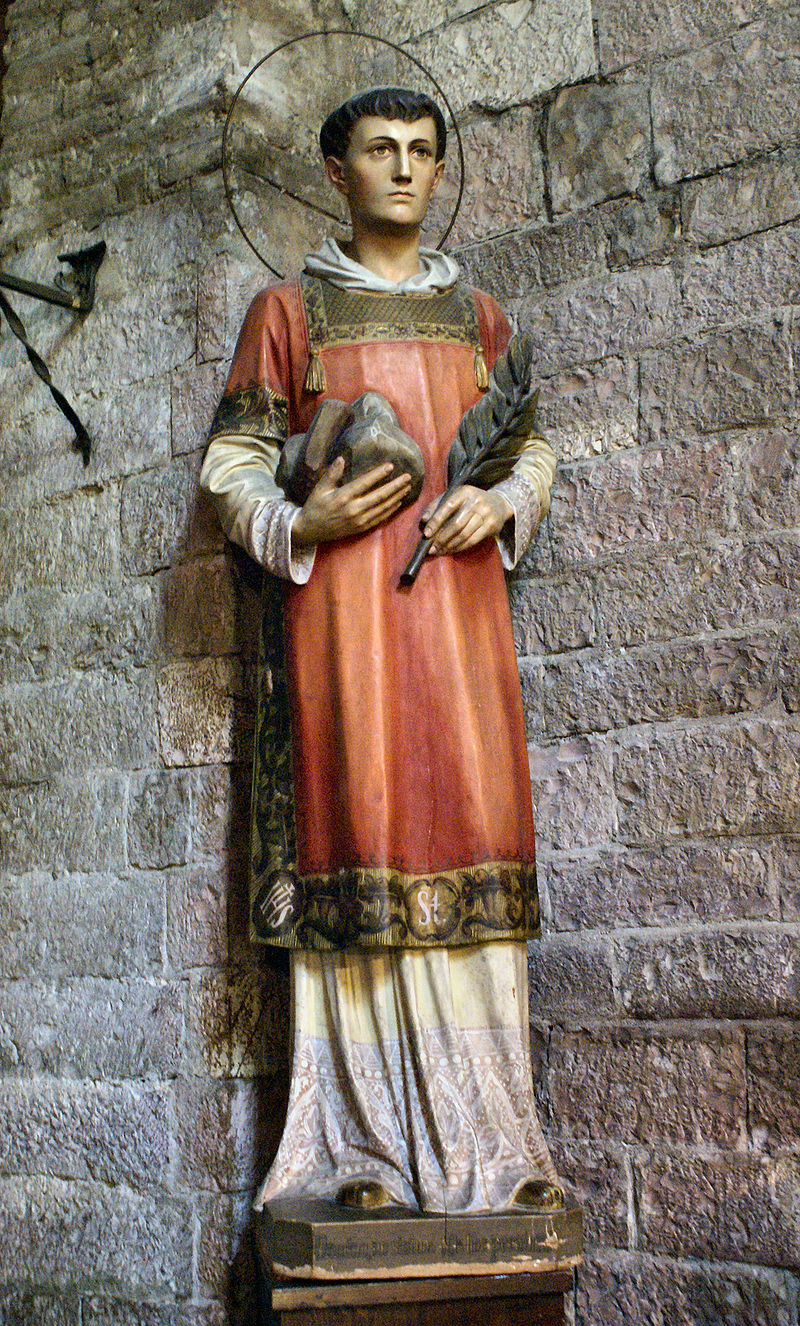
(Photo: Gunnar Bach Pedersen/Public domain)
As the number of Christians grew, the apostles felt the need to appoint assistants, giving rise to the deacons. Stephen stood out among them as the most esteemed and energetic. His dedication and miracles, performed through the Holy Spirit, attracted the hatred of the old Jews due to the noble and bold manner in which he proclaimed the gospel on every occasion.
One day, when he rebuked them for persecuting the prophets and killing Christ, they took him outside the city and stoned him. Stephen became the first martyr to shed blood for Christ. In his dying moments, as recorded in the Holy Scripture, Stephen exclaimed, “Lord, do not hold this sin against them!”
Due to his faithfulness to Christ, witnessed by shedding his blood, he was called the First Martyr. His image in the history of the Church became an example for all other martyrs. The feast of St. Stephen, the First Martyr, is celebrated on the second day of Christmas, December 26th, a day introduced into the liturgical calendar in 380 AD.
Customs associated with St. Stephen
In honour of the first Christian deacon and martyr, St. Stephen, many customs have emerged to celebrate Štefanje. On this day, horses and donkeys were traditionally brought out of the stables, and it was also a day for visiting friends and relatives.
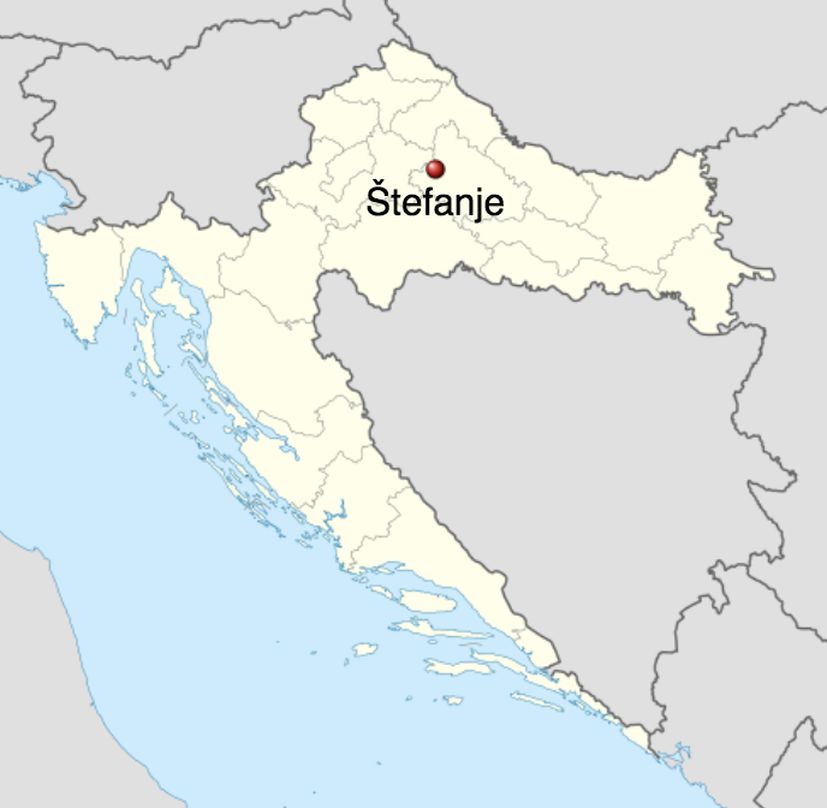
Štefanje in Croatia (Image: NordNordWest/CC BY-SA 3.0)
Many customs observed on Christmas Eve and Christmas Day are repeated or transferred to the feast day when baptismal names are celebrated, such as St. Stephen and St. John. In northern Croatian regions, Stjepanje, Stipanje, or Štefanje is a day dedicated to horses or donkeys, whose patron saint is St. Stephen.
In Istria, peasants used to bring out their horses, ride them, or engage in races on this day, leading to gatherings of many horses and their owners, as seen in Trstenik in Istria. The origin and antiquity of this custom are not clear, and it is believed to be a remnant of an ancient ritual field procession known in various cultures, especially in Central Europe, HRT writes.
On Christmas Day in Croatia, people did not make visits, but the day after Christmas, Stjepanje, they visited relatives and friends. Young daughters-in-law used to visit their parents’ home, bringing gifts to their mothers and fathers.


